Positive displacement types
A positive displacement pump can be further classified according to the mechanism used to move the fluid:
- Rotary-type positive displacement: internal gear, screw, shuttle block, flexible vane or sliding vane, circumferential piston, flexible impeller, helical twisted roots (e.g. the Wendelkolben pump) or liquid-ring pumps
- Reciprocating-type positive displacement: piston or diaphragm pumps
- Linear-type positive displacement: rope pumps and chain pumps
Rotary positive displacement pumps

These pumps move fluid using a rotating mechanism that creates a vacuum that captures and draws in the liquid
Advantages: Rotary pumps are very efficient because they naturally remove air from the lines, eliminating the need to bleed the air from the lines manually.
Drawbacks: The nature of the pump requires very close clearances between the rotating pump and the outer edge, making it rotate at a slow, steady speed. If rotary pumps are operated at high speeds, the fluids cause erosion, which eventually causes enlarged clearances that liquid can pass through, which reduces efficiency.
Rotary positive displacement pumps fall into three main types:
- Gear pumps – a simple type of rotary pump where the liquid is pushed between two gears
- Screw pumps – the shape of the internals of this pump is usually two screws turning against each other to pump the liquid
- Rotary vane pumps – similar to scroll compressors, these have a cylindrical rotor encased in a similarly shaped housing. As the rotor orbits, the vanes trap fluid between the rotor and the casing, drawing the fluid through the pump.
Reciprocating positive displacement pumps


Reciprocating pumps move the fluid using one or more oscillating pistons, plungers, or membranes (diaphragms), while valves restrict fluid motion to the desired direction.
Pumps in this category range from simplex, with one cylinder, to in some cases quad (four) cylinders, or more. Many reciprocating-type pumps are duplex (two) or triplex (three) cylinder. They can be either single-acting with suction during one direction of piston motion and discharge on the other, or double-acting with suction and discharge in both directions. The pumps can be powered manually, by air or steam, or by a belt driven by an engine. This type of pump was used extensively in the 19th century—in the early days of steam propulsion—as boiler feed water pumps. Now reciprocating pumps typically pump highly viscous fluids like concrete and heavy oils, and serve in special applications that demand low flow rates against high resistance. Reciprocating hand pumps were widely used to pump water from wells. Common bicycle pumps and foot pumps for inflation use reciprocating action.
FREE ESTIMATES
These positive displacement pumps have an expanding cavity on the suction side and a decreasing cavity on the discharge side. Liquid flows into the pumps as the cavity on the suction side expands and the liquid flows out of the discharge as the cavity collapses. The volume is constant given each cycle of operation.
Typical reciprocating pumps are:
- Plunger pumps – a reciprocating plunger pushes the fluid through one or two open valves, closed by suction on the way back.
- Diaphragm pumps – similar to plunger pumps, where the plunger pressurizes hydraulic oil which is used to flex a diaphragm in the pumping cylinder. Diaphragm valves are used to pump hazardous and toxic fluids.
- Piston pumps displacement pumps – usually simple devices for pumping small amounts of liquid or gel manually. The common hand soap dispenser is such a pump.
- Radial piston pumps
PUMPS FOR SALE
Various positive displacement pumps
The positive displacement principle applies in these pumps:
- Rotary lobe pump
- Progressive cavity pump
- Rotary gear pump
- Piston pump
- Diaphragm pump
- Screw pump
- Gear pump
- Hydraulic pump
- Rotary vane pump
- Peristaltic pump
- Rope pump
- Flexible impeller pump
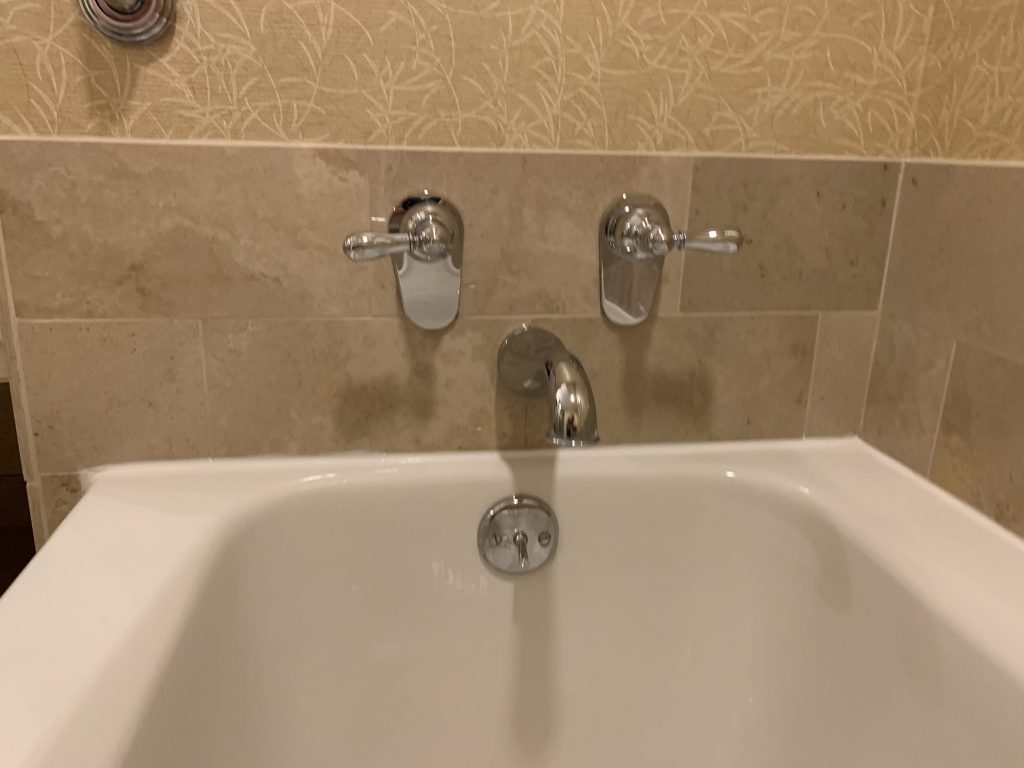
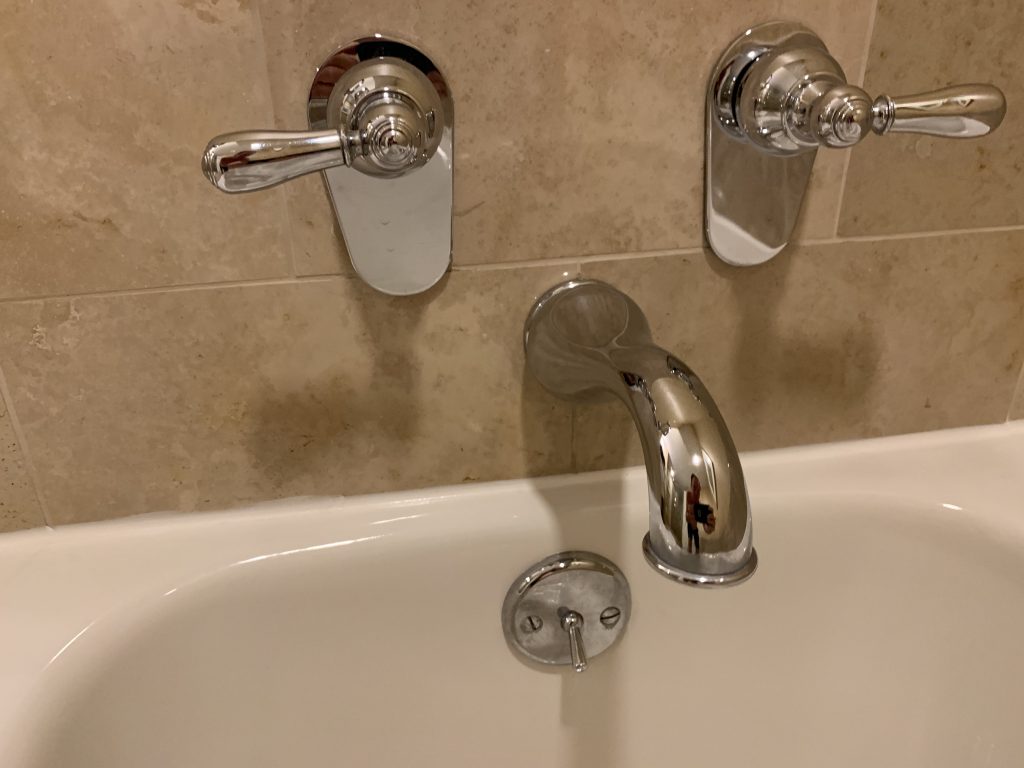
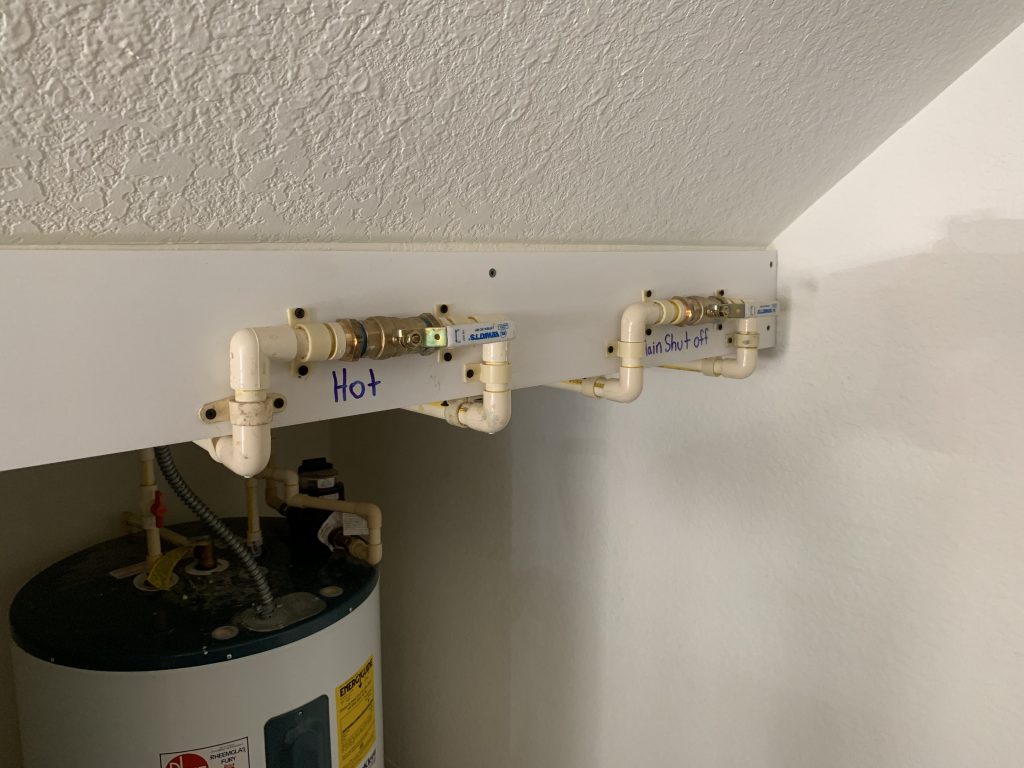
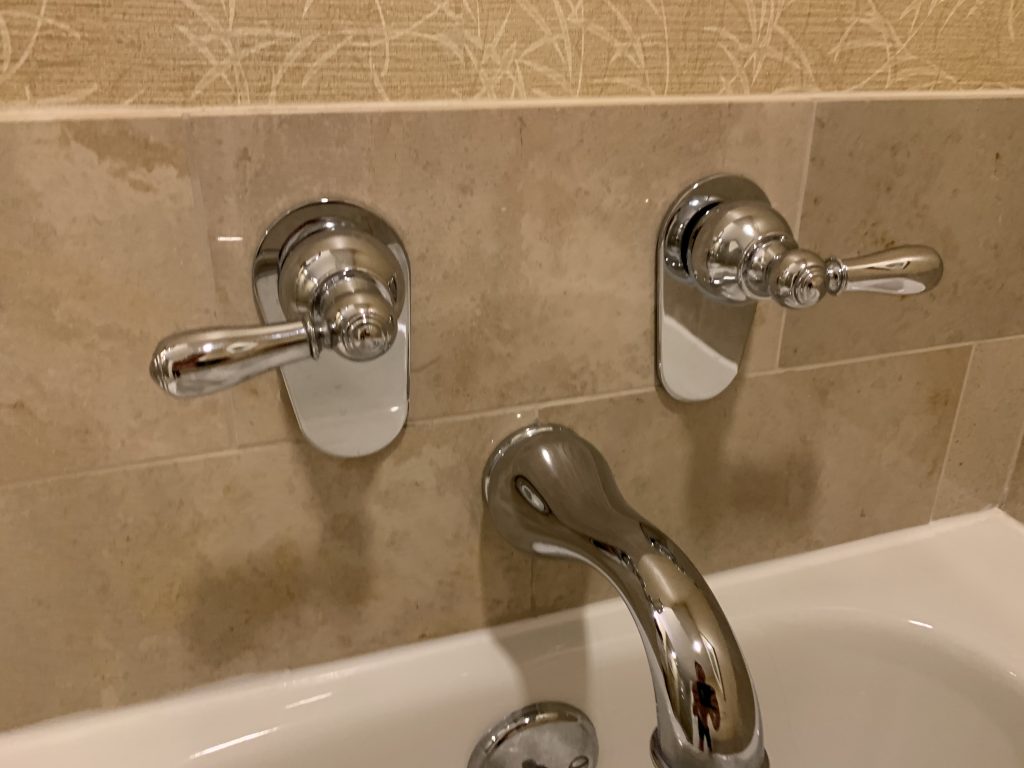
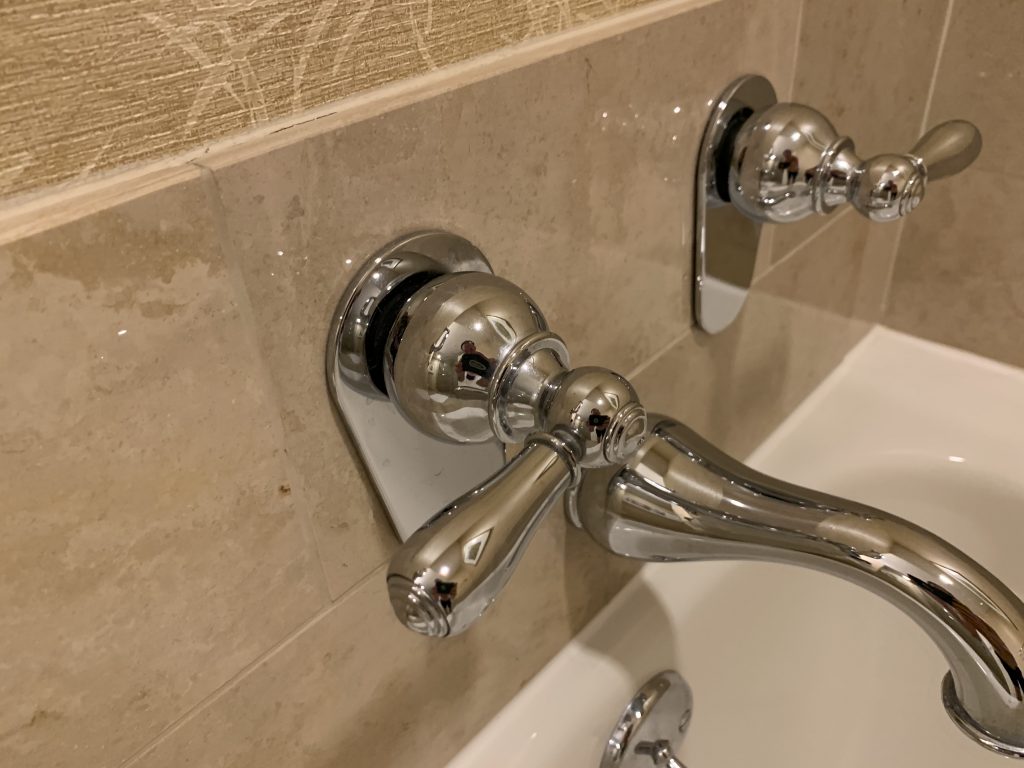
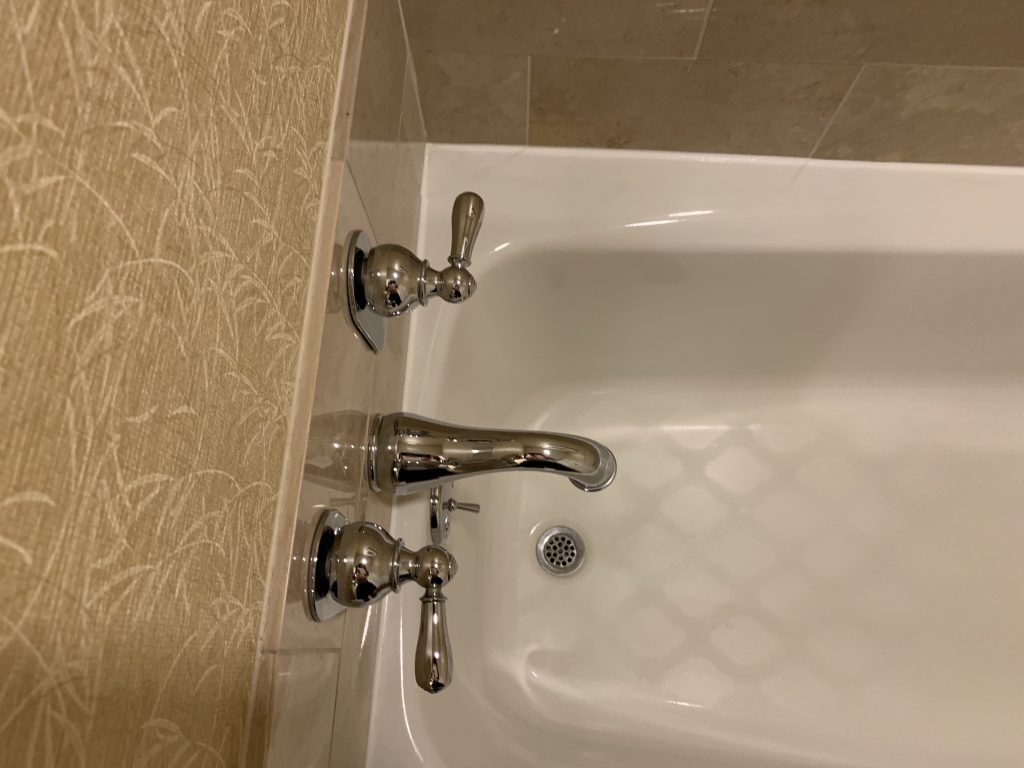
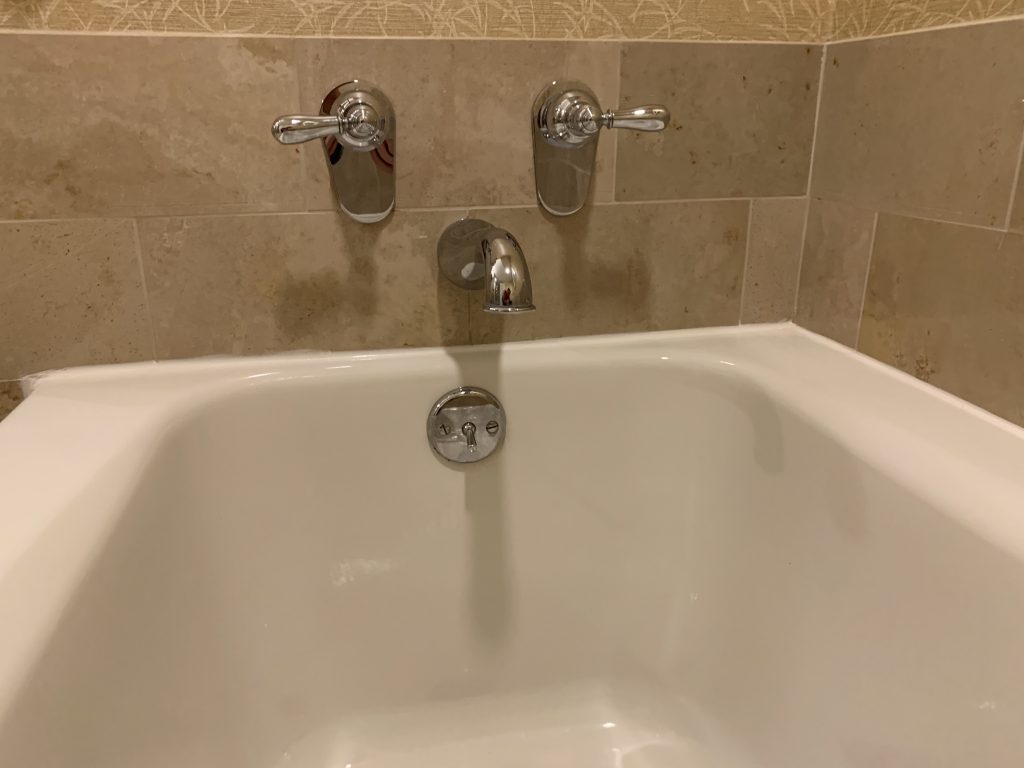
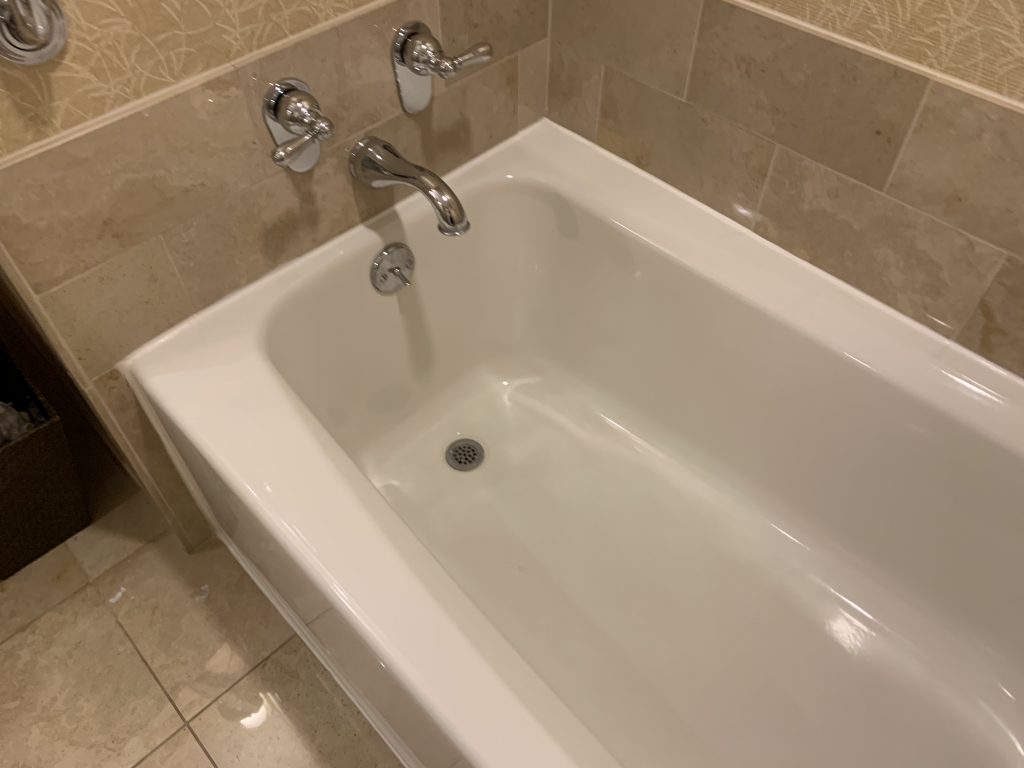
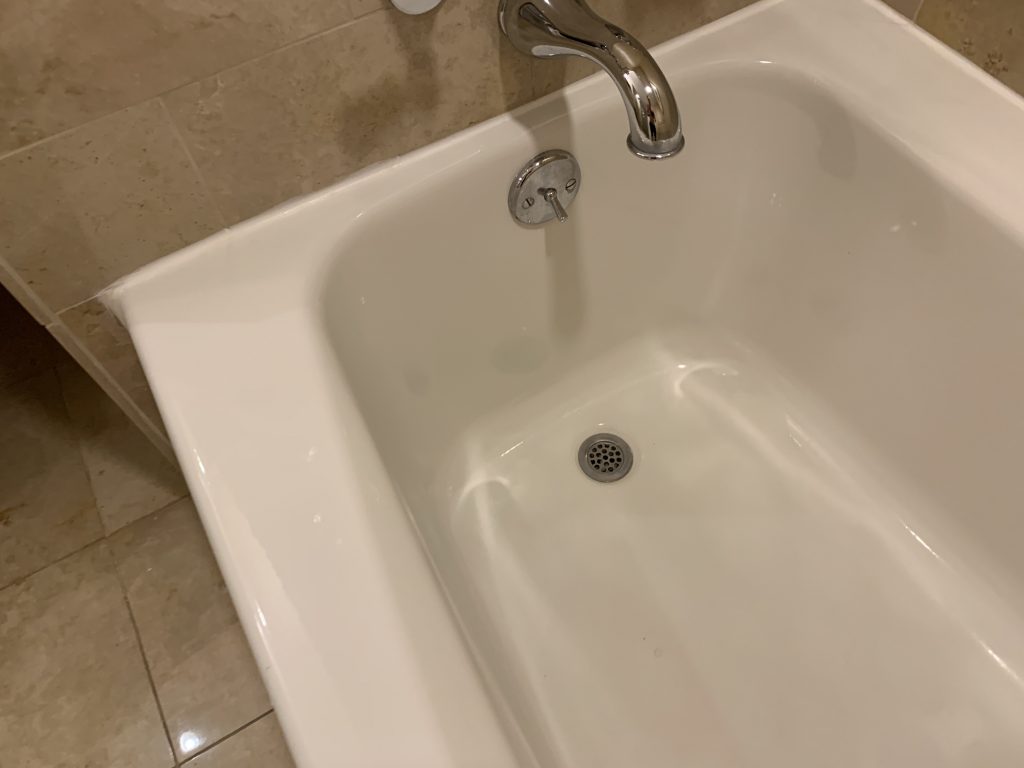
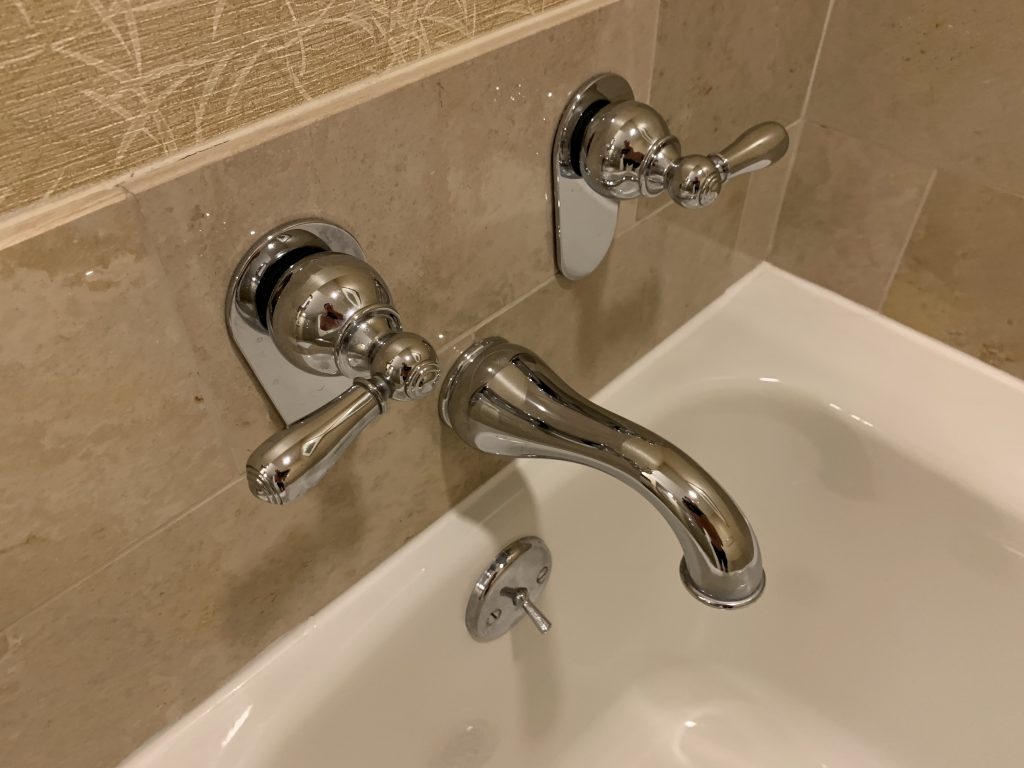
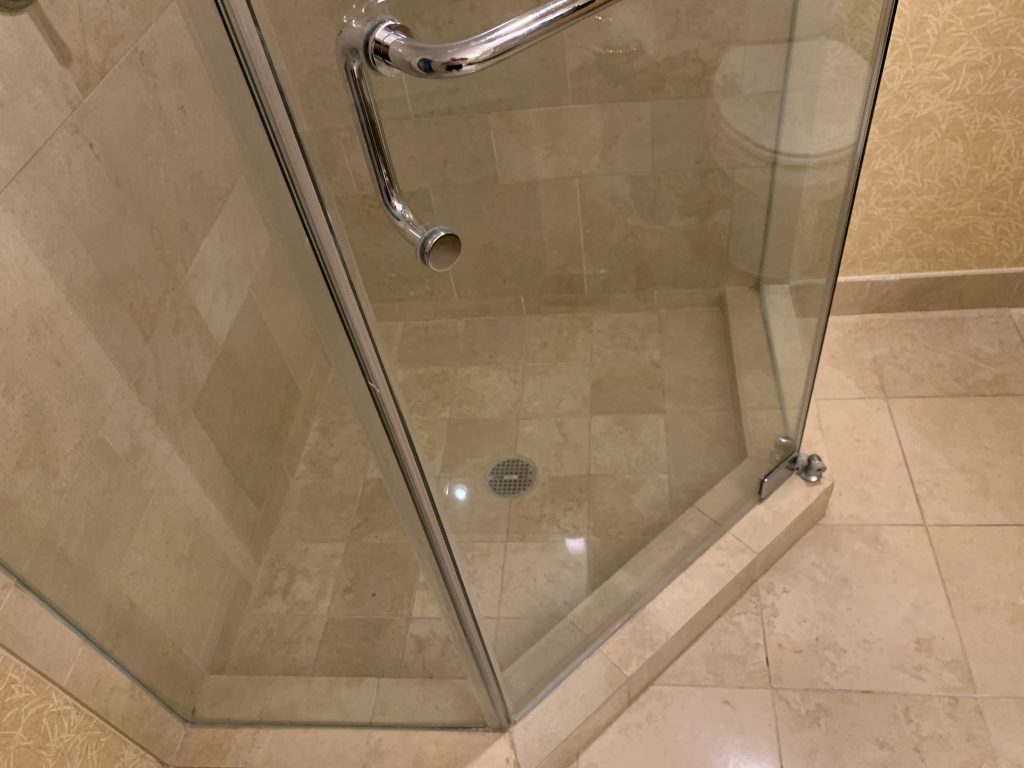
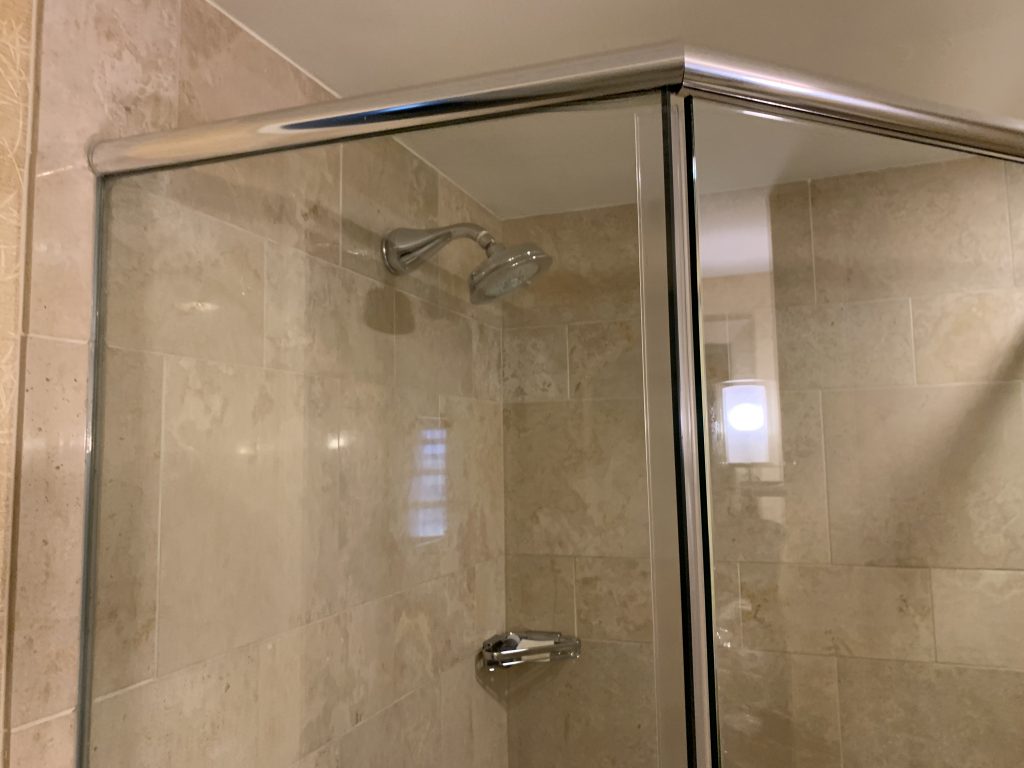
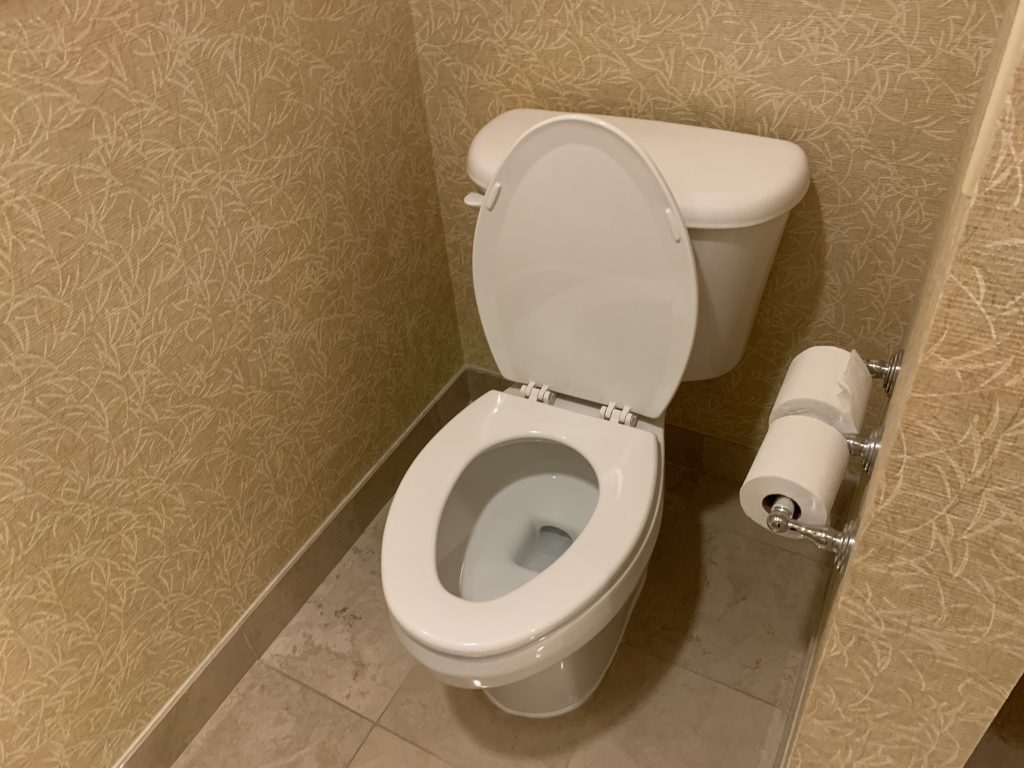

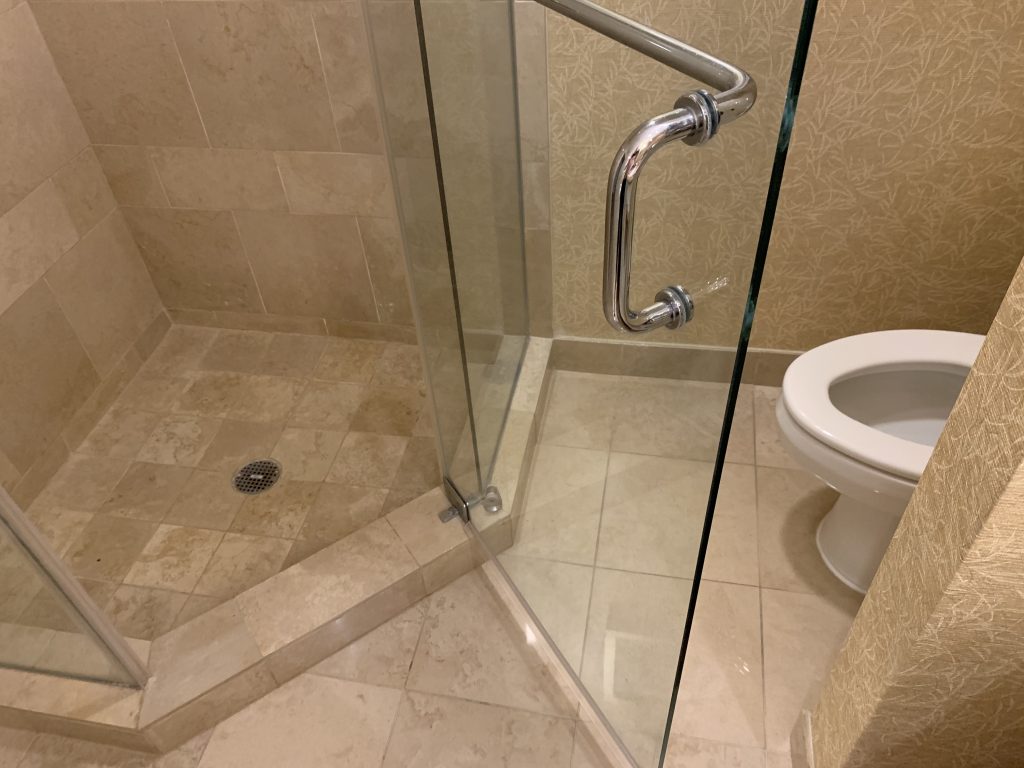
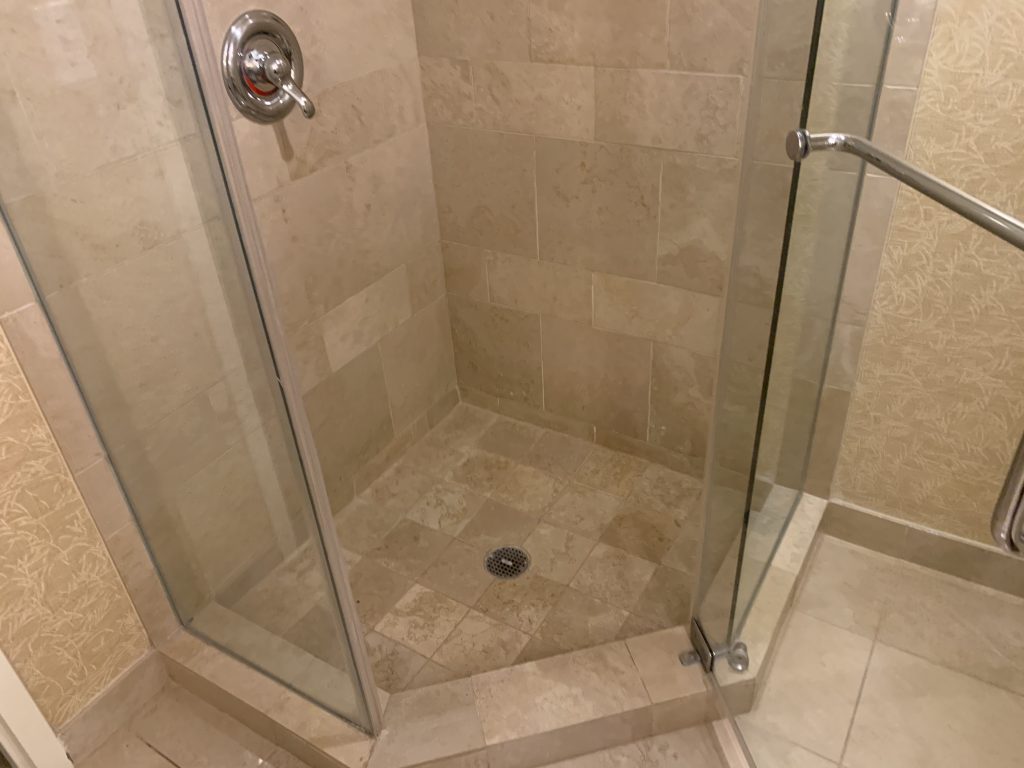
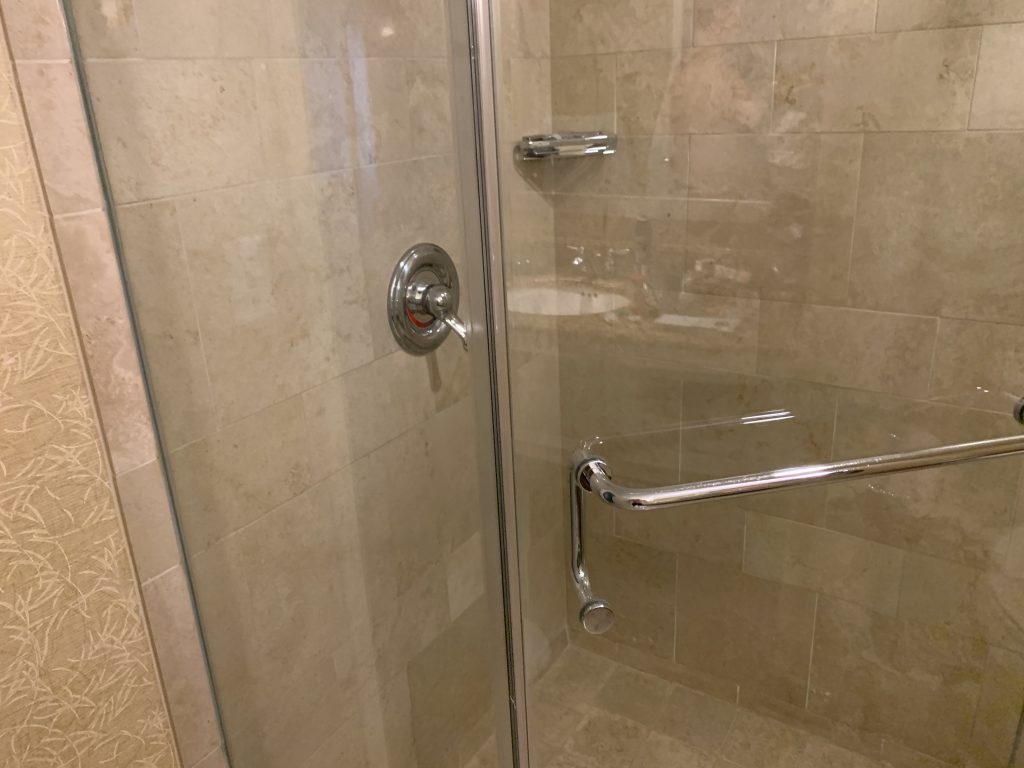
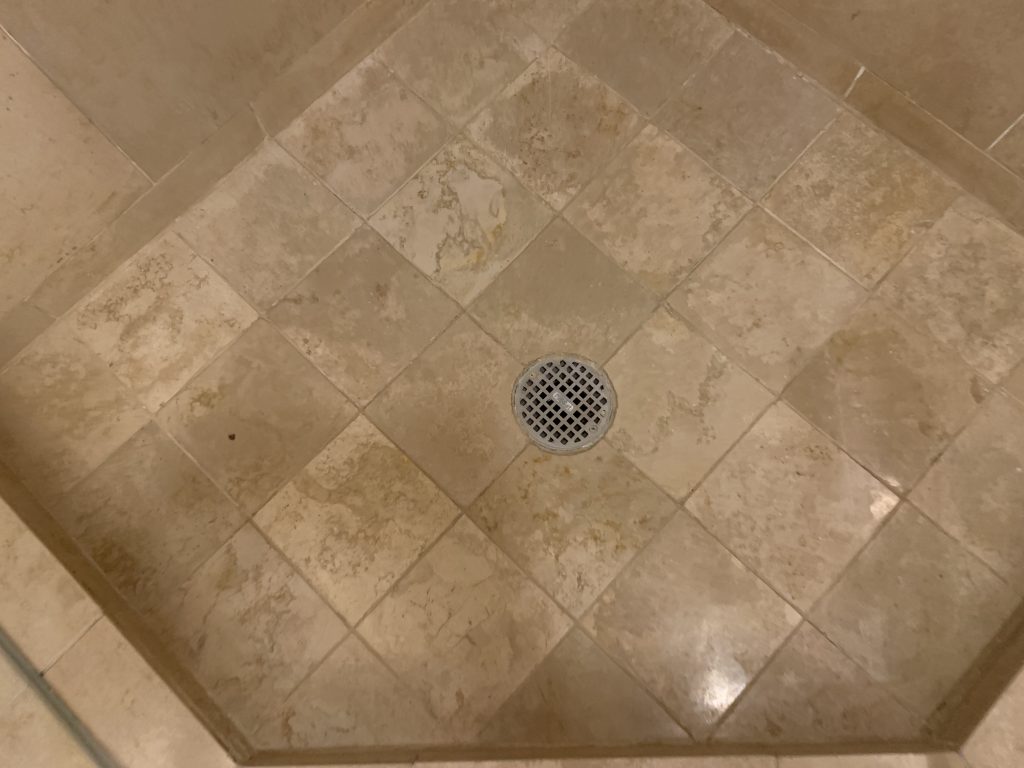
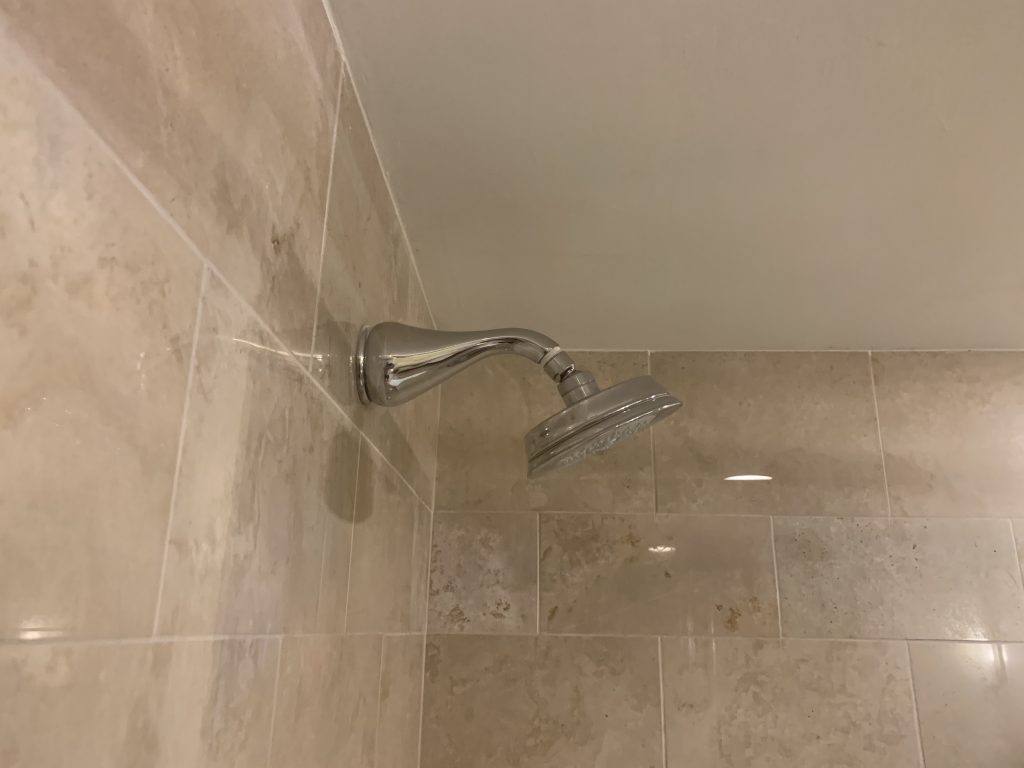
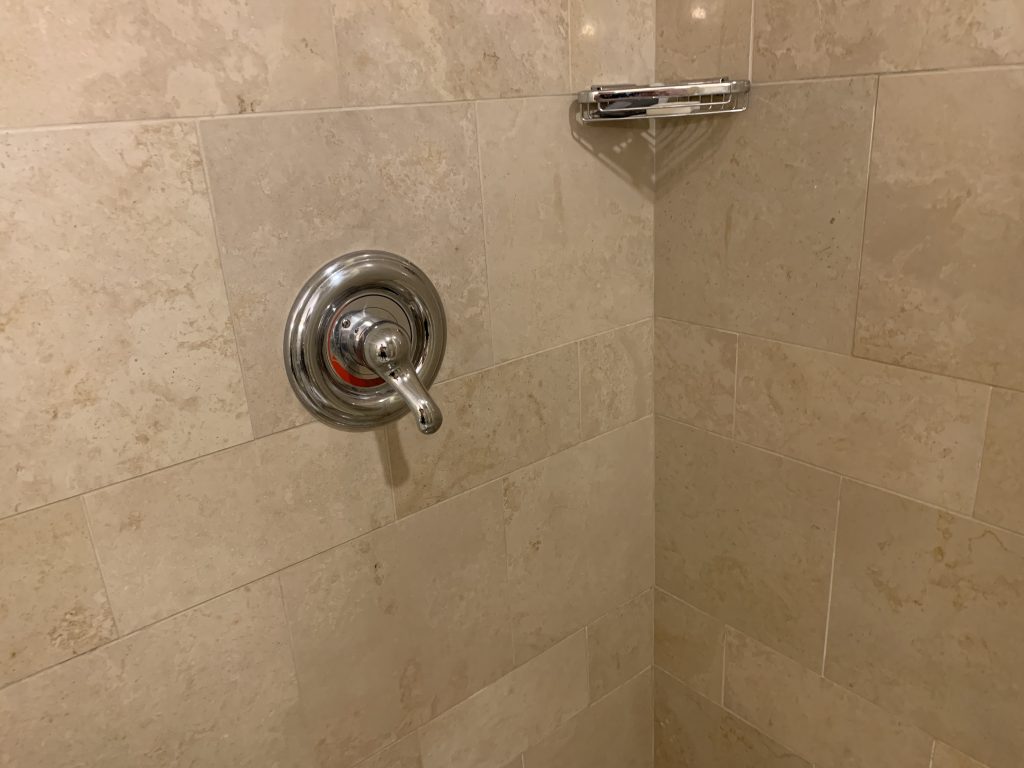
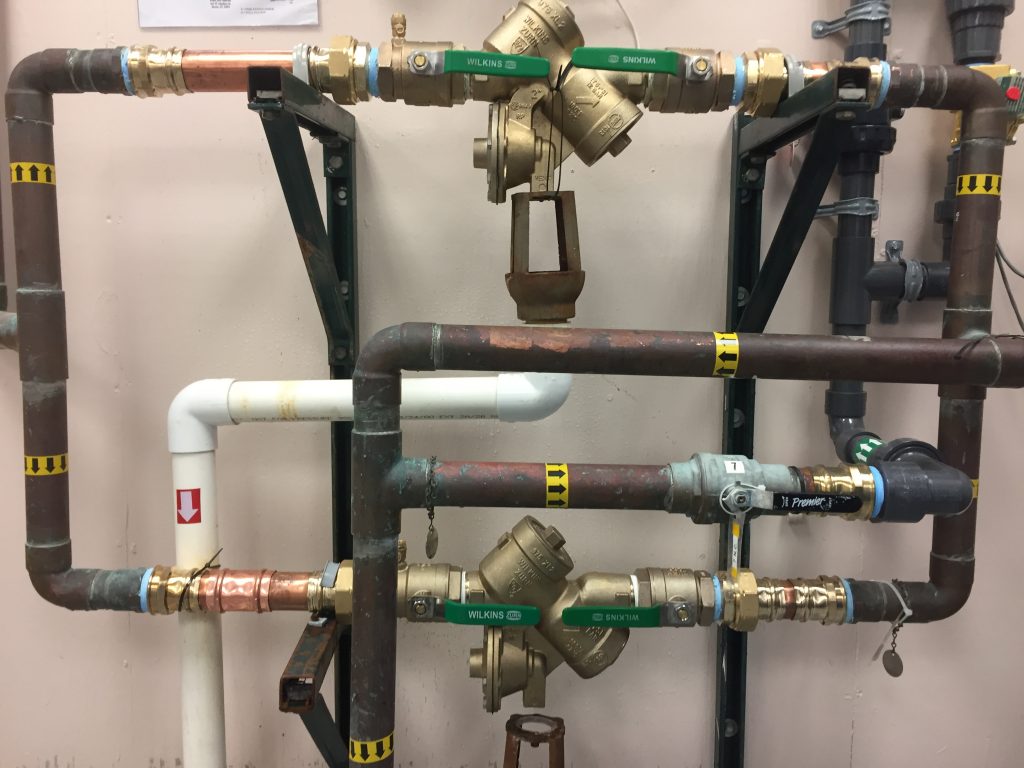
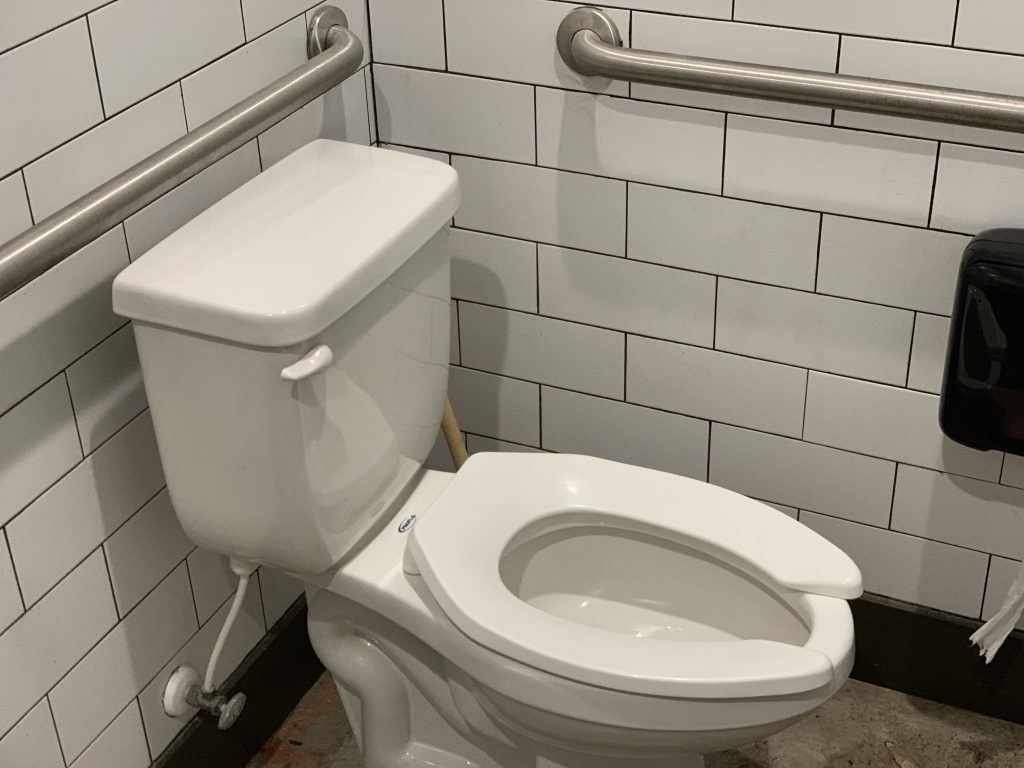
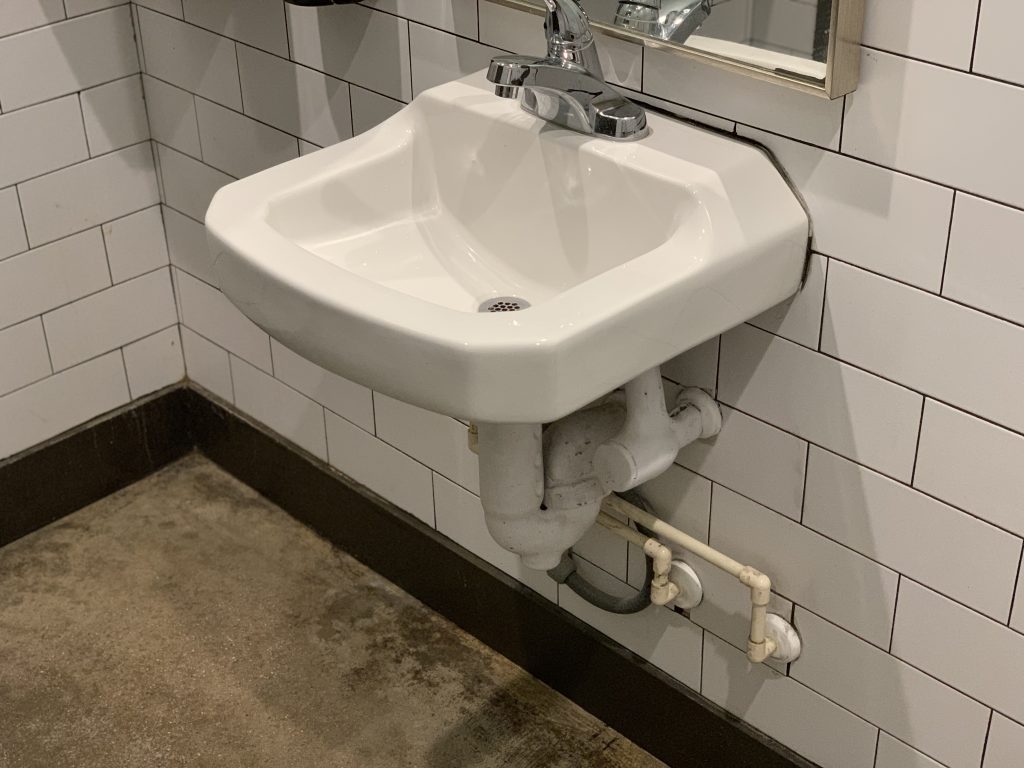
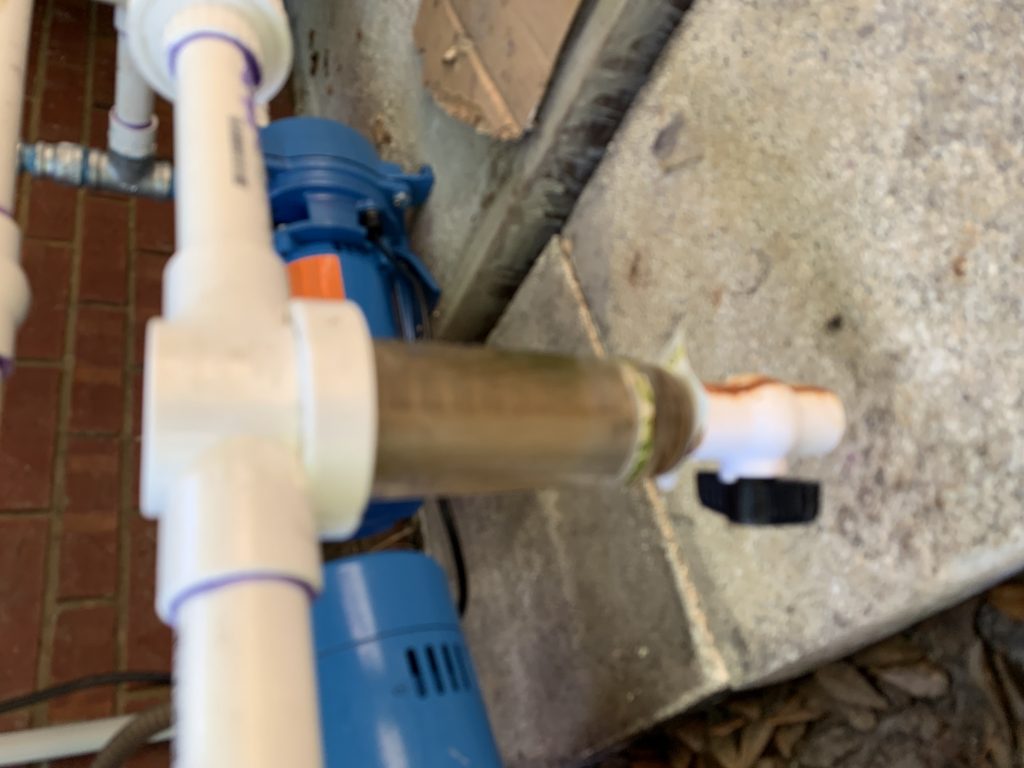





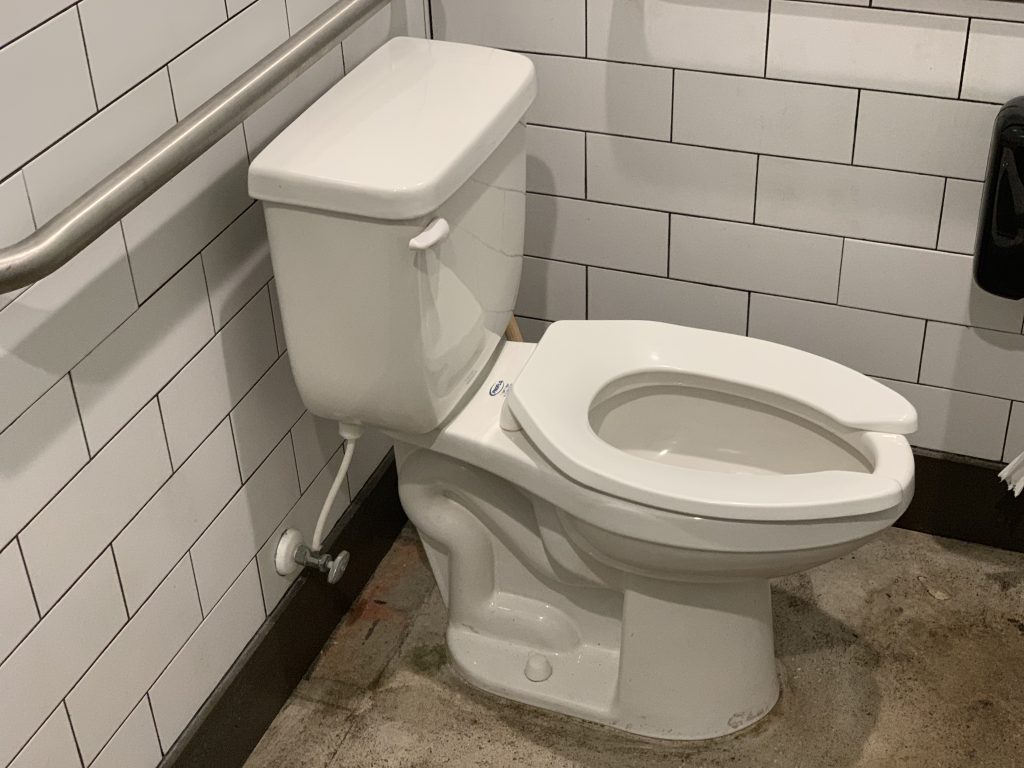

Recent Comments